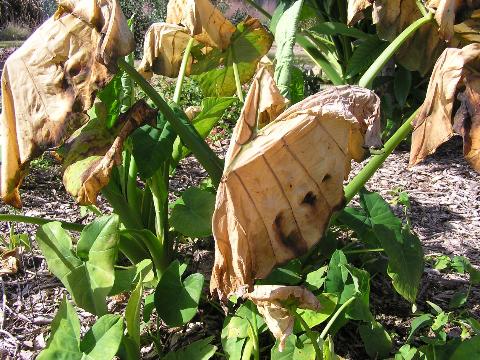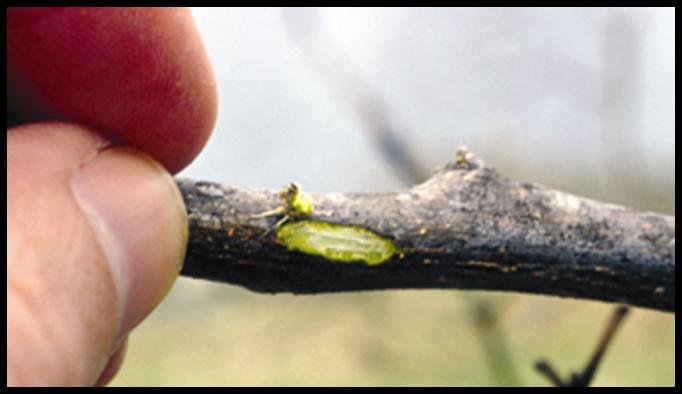January and February are typically the coldest months in Florida and plants can be damaged by low temperatures. But with your help, cold-damaged plants can often recover.

After a freeze, see if your plants are dry. Even injured plants need water.
Plants, however can be greatly damaged if the temperature drops suddenly. They have no time to acclimate to the freezing temperatures. Plants are damaged when ice crystals form the plant cells. The crystals expand, rupturing the cell walls and preventing the plants from maintaining shape. If severe, this can kill tender plants. On hardier plants, damaged foliage will appear wilted and curled down. In a few hours or days, it will darken and turn black. Flowers and buds my die, blacken, and drop to the ground if exposed to cold temperatures. Damaged flowers will not develop into fruit. Young branches and new growth are especially susceptible and may also blacken and die.
After freezing temperatures occur, remove damaged leaves and flowers as soon as they turn brown or black. This will help prevent diseases from attacking the plant. Pruning should be postponed until cold temperatures are no longer expected and new growth begins to appear on the plant. This is to make sure that live wood, which appears dead from losing its leaves, is not mistakenly removed from the plant. Cold damaged wood can be detected by examining the cambium layer (under the bark) of the plant. If it has black or brown discoloration, it is damaged and should be pruned back behind those points.

Protect your plants from cold temperatures during the next cold front. Do this by moving potted plants indoors and covering tender landscape plants with a protective covering. Protective covering can include old bed sheet, pieces of material or fabric, and cardboard boxes. Be careful not to let the protective covering touch the plants. The surface of the covering will become as cold as the air temperatures and may damage any tender leaves it come in contact with. Also, don’t forget to remove the covering the next day when temperature raises this is important so the plants do not “bake” in the warmer temperatures. Plants placed near the house, lights, or other structures, which shelter them from wind, will be more protected than those fully exposed to the cold air.
Whatever you do, even if your landscape ornamentals have already suffered some cold injury. Do not relax your guard more frigid weather may be on the way. So, be prepared to keep your prized plants, as warm as possible, each time the weatherman predicts freezing temperatures. Plants should be fertilized in the spring, to encourage new growth. Try not encouraging any new growth, until all frost danger has passed.
For more information on freeze damaged plants contact your county extension agent and see Publication The North Florida Gardening Calendar
 0
0
